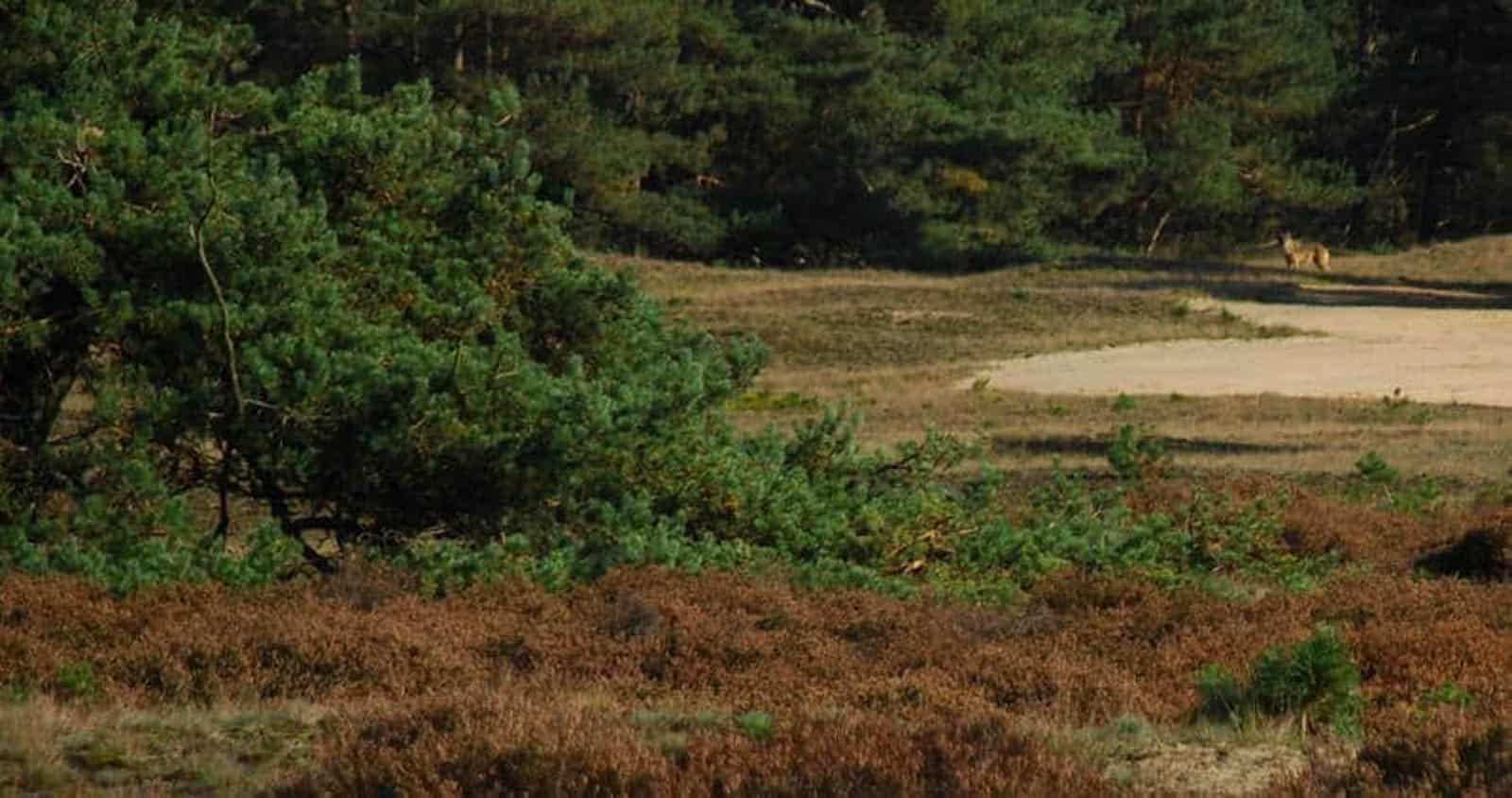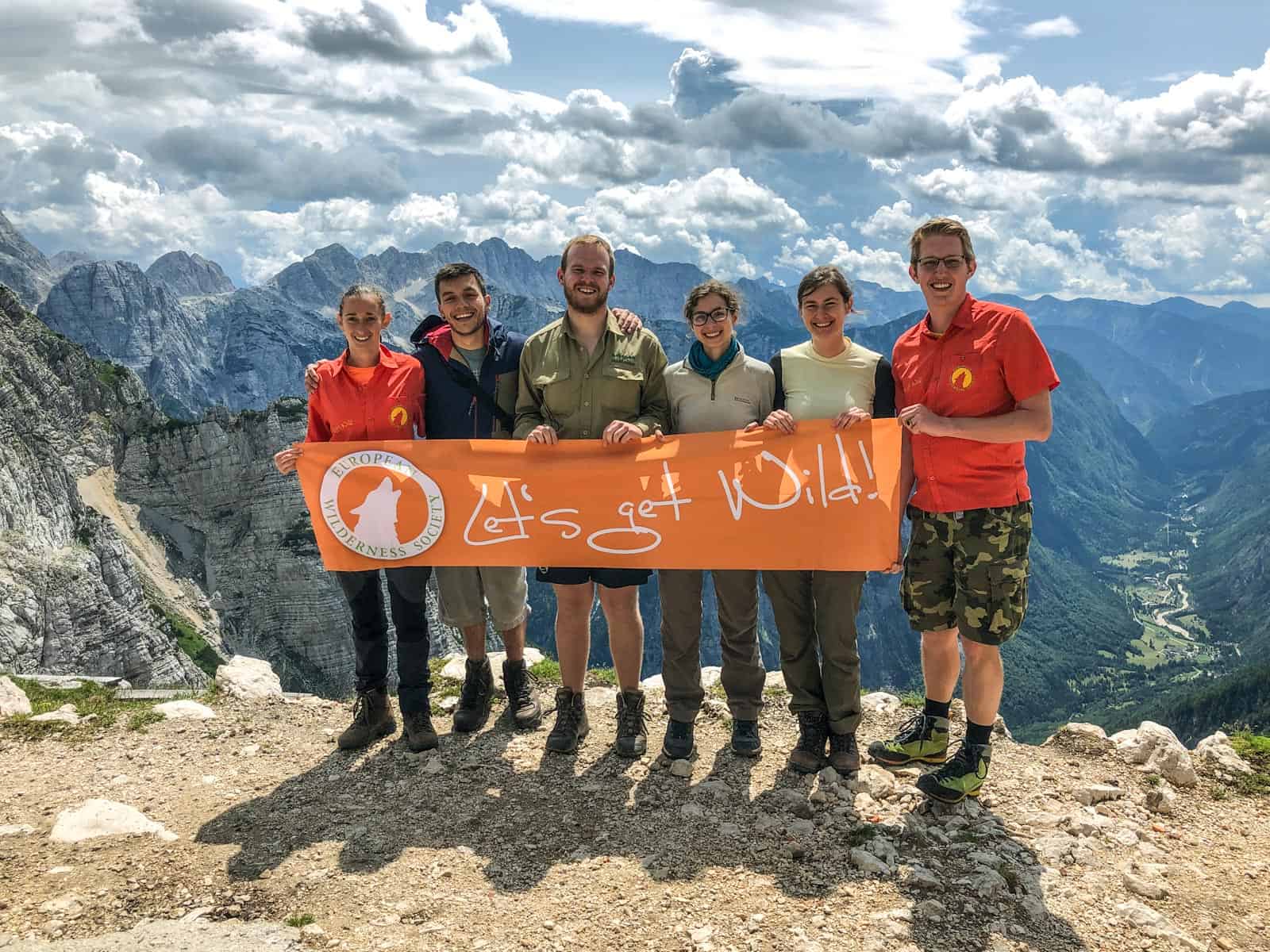Comparing wildlife damages in The Netherlands
The Netherlands is a country that largely depends on its agriculture. Damages to grasses and crops are therefore compensated by the provinces. The latest statistics summarise how many euros of damage wildlife caused in 2018: almost 23 million euros! So, let us briefly review which animals cause most damage.
Please also read: Germany reveals cost of wolves

Valuable grasslands
The most damages, by far, are caused by four different kinds of geese. Altogether, they account for over 20 million euros of damages. The damages are mainly on grass farmlands, which are destined for cattle and other livestock. The conflict between farmers and geese has been there already for years. During a specific time of the year, hunters are even allowed to shoot geese. Nevertheless, the numbers of geese that pass by The Netherlands on their migratory routes runs also in the millions.
Other remarkable animals in the top 10 are the Great Tit, a little passerine bird. The bird causes most damages to young fruits in orchards. Other animals like wild boar and red deer complement the top 10, with damages to crops and grasslands as well.
What about the wolf?
The wolf is a relative new member of the Dutch ecosystem. After its absence for more than 100 years, the first wolves settled again in 2018. The latest news confirms that a settled pair has now produced wolf pups, making it the first Dutch wolf pack since a very long time. Looking at the damages that the wolf caused, it is only a fraction compared to the top 10 animals. In 2018 the registered wolf damages accounted for approximately 36 000 euros.
That the number is so low, is partly because there were not many wolves in The Netherlands in 2018, as the map shows. For 2019, the number of wolves is already higher, now that there are a wolf pack and individual wolves. The current amount of compensation for 2019 is just below 50 000 euros. Still, this remains only a small number, compared to the damages of other wildlife species.

Reducing damages
Understandably, farmers want to reduce the risk of damages by wildlife. While fences prevent larger animals to access the lush grasslands, livestock farmers install electric fences to protect their animals. More and more farmers put proper livestock protection measures in place, ensuring that the risk of livestock depredation is minimal. The lack of livestock depredations around the territory of the wolf pack also confirms how livestock farmers and wolves can successfully coexist, even in a densely populated country such as The Netherlands.







